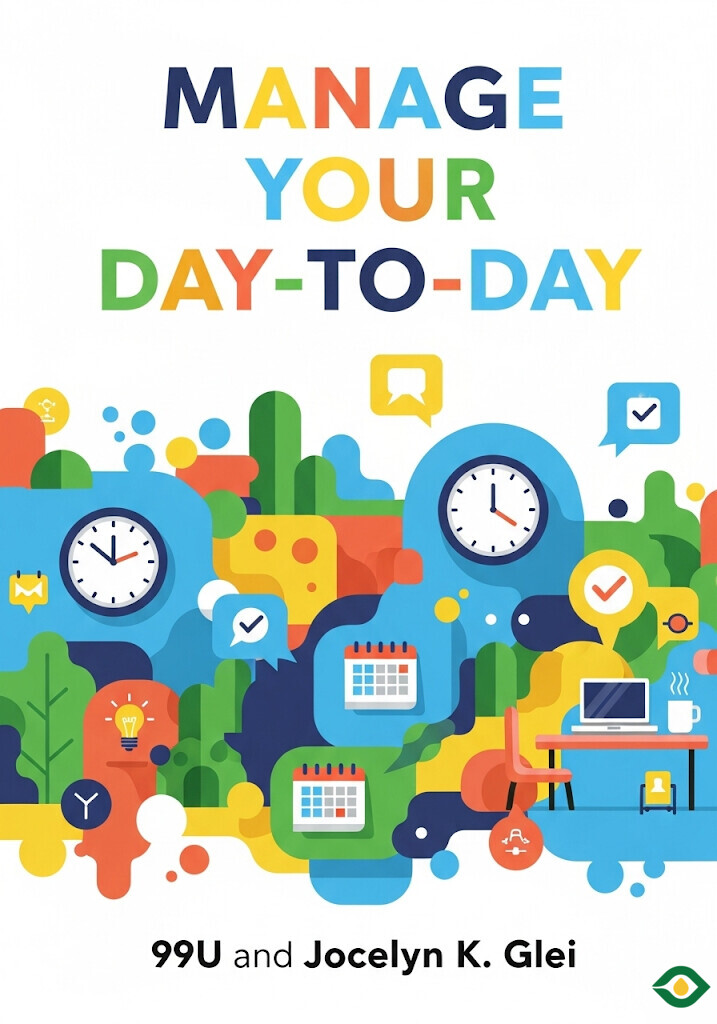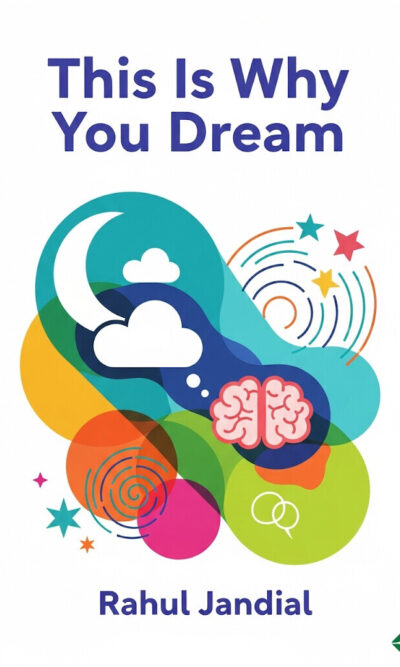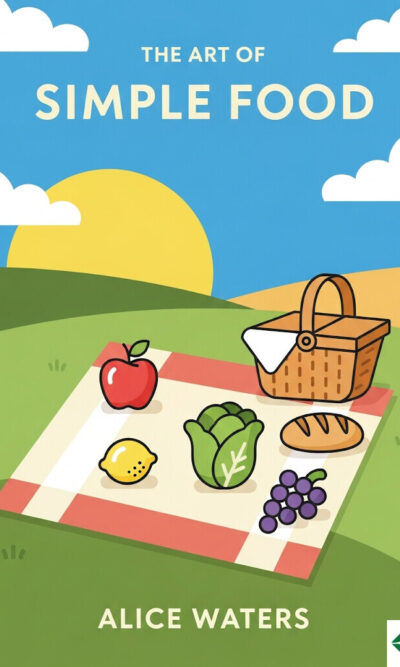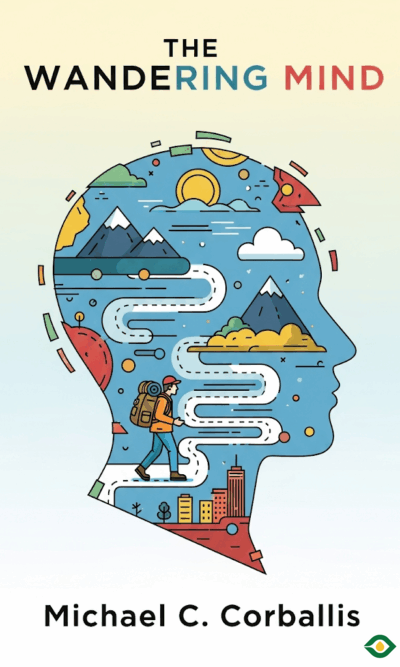Description
Managing daily life in a world full of distractions is not easy. Every day we face endless emails, constant notifications, and the pressure to stay productive. Yet at the same time, we also want to create, to think deeply, and to live a meaningful life. Manage Your Day-to-Day offers practical advice from creative professionals, psychologists, and productivity experts to help you take back control of your time, protect your focus, and nurture your creativity.
One of the first lessons is that our bodies run on natural rhythms. Energy rises and falls during the day. Most people are sharper and more creative in the morning, yet many waste that valuable time on emails or meetings. If you start your day by answering messages, you are working on other people’s priorities instead of your own. A better approach is to protect your mornings for your most important work. Save shallow tasks like email for later, when your energy naturally dips. Pair this with enough sleep—at least seven hours for most people—and regular breaks, and you will get much more out of your day.
Another key idea is the power of consistency. Many people wait for inspiration before working on creative projects, but this rarely works. Creativity grows through daily practice, not random bursts of motivation. Even if you only have thirty minutes, working every day builds momentum. When you keep a project alive in your routine, your brain continues processing it in the background. Ideas will often appear when you least expect them—on a walk, during a conversation, or while doing something unrelated. By working regularly, you also avoid the stress of deadlines, since you always have a steady stream of progress.
Focus is a skill, and it must be trained. In our noisy environments, distractions are everywhere. Social media, colleagues, and even your own wandering thoughts can pull you away from what matters. One way to build focus is by practicing self-control in small areas of life. Something as simple as flossing your teeth every night strengthens the muscle of discipline. You also need to replace negative distractions with positive ones. If you constantly check your phone, set small rewards for yourself: finish a task, then allow a quick scroll. By making focus a habit, you build the strength to resist temptations.
Multitasking is another myth that damages productivity. People believe they can juggle several tasks at once, but the brain can only truly focus on one complex activity at a time. When we attempt two demanding things at once, we are actually switching back and forth, losing time and efficiency. Studies show this makes tasks take much longer. The solution is to embrace single-tasking. Block off focused time on your calendar, treat it like an appointment, and let others know you’re unavailable. This way you protect your concentration and finish meaningful work without constant interruptions.
Technology is a double-edged sword. It connects us, gives us tools, and supports creativity, but it can also dominate our lives if we are not careful. Most people check their phones without even knowing why. They open apps out of habit, not intention. The advice here is to always use technology with awareness. Ask yourself why you are logging in, and when you are finished, log out. Be deliberate. This not only saves time but also prevents the stress that comes from endless scrolling.
Beyond time-wasting, technology also affects our bodies. Many people unconsciously hold their breath or breathe shallowly while staring at screens, increasing stress. Becoming aware of these habits and practicing breathing or yoga can restore calm. More importantly, we must remember that technology should serve us, not the other way around. Just because you can carry your phone everywhere does not mean you should. Allow yourself to be unavailable. Turn your phone on airplane mode during meals, walks, or creative sessions. By setting boundaries, you regain freedom.
Of course, even with the best routines, creative blocks will happen. When your mind feels stuck, the counterintuitive solution is to step away and do nothing. Letting your mind wander without a goal opens space for new ideas. Daydreaming, resting, or simply sitting quietly can bring fresh connections. Another cause of creative block is perfectionism. Waiting for the perfect moment or idea prevents you from starting at all. Instead, begin with whatever you have, even if it feels messy or imperfect. You can always refine later, but you cannot improve a project that never begins.
Creativity also thrives outside of work. Rest, sleep, exercise, and hobbies all give your brain space to generate ideas. Research shows that well-rested people are more likely to make unique connections. A brisk walk or short nap can refresh your thinking. Creative hobbies, like gardening or writing nonsense pages, provide freedom without pressure, which often leads to surprising insights. By experimenting in playful ways, you keep your mind flexible and ready for breakthroughs.
The book reminds us that managing a day is not about squeezing every second for productivity. It’s about protecting your energy, focus, and imagination so that your time supports your best work. By respecting your body’s rhythm, practicing consistency, focusing on one task at a time, using technology wisely, and allowing space for rest and hobbies, you can live and work more effectively.
In the end, managing your day-to-day is about balance. It is about choosing when to work deeply, when to disconnect, when to rest, and when to let your imagination wander. Small changes—like waiting to check emails, scheduling daily creative time, or turning off your phone during dinner—can transform your life. Over time, these habits create more than productivity: they create a sense of control, clarity, and joy in your everyday life.





